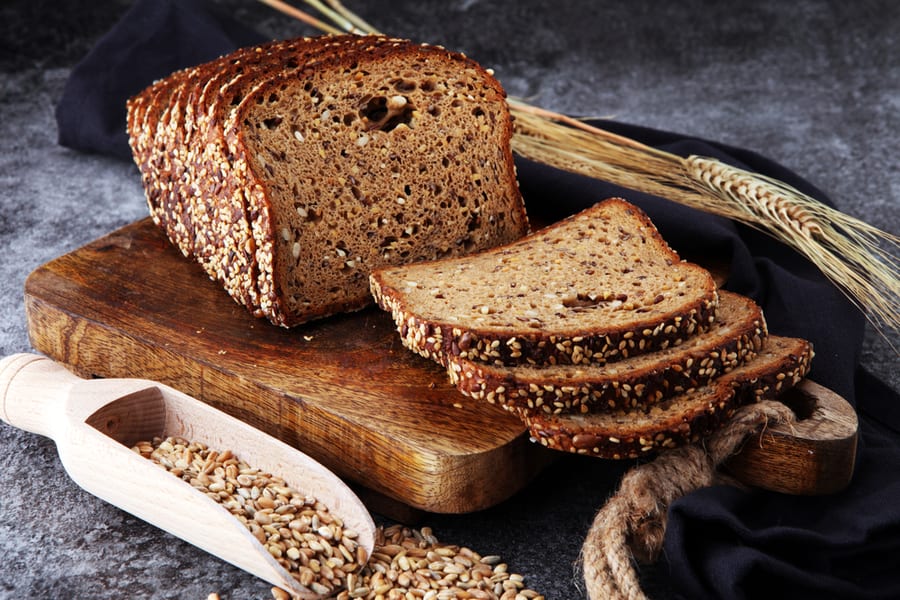
By Jackson Buttery, Beyond Celiac Communications Assistant
At National Science Week in Melbourne, Australia, scientists from CSIRO, Australia’s national science agency, announced that they’ve found a way to detect the presence of rye in food. Gluten is a protein found in rye, along with wheat and barley. A strict gluten-free diet is currently the only treatment for people with celiac disease. Previously, scientists from CSIRO have discovered methods to detect wheat, barley and oats in 2015, 2016 and 2018, respectively.
Using varieties of rye from twelve countries milled into flour, the researchers extracted the gluten proteins and used special mass spectronomy to identify six proteins unique to rye, but not apparent in other grains. The researchers then tested food with rye as a listed ingredient and “gluten-free” food without rye listed. From a range of commercial “gluten-free” foods tested, one breakfast cereal and one spelt flour were found to contain trace amounts of rye.
While commercially available sensors have been able to detect if gluten is in a particular food, none are yet available that can detect the presence of a particular gluten-containing grain, such as rye. Scientists from CSIRO are optimistic that this new technology may soon become available in at-home testing kits to provide security for those with celiac disease, and certainty for manufacturers.
According to Professor Michelle Colgrave, protein analytics expert with CSIRO, “being able to detect any protein in diverse foods and beverages will help food companies ensure that what’s in the pack is what’s on the pack, and help consumers trust pack labelling around gluten-free claims.”
The ability to detect specific grains is especially important in Australia, which has stricter gluten-free labelling standards than the FDA’s standard of 20ppm. For a product to be labeled gluten-free, not only can it not have any detectable level of gluten (lower than 3-5ppm), it also can not contain any of the four gluten-containing grains (wheat, barley, rye, and oats).
These stricter standards provide greater scrutiny for companies—such as in one instance noted in the testing process, when a breakfast cereal labeled “gluten-free” contained trace amounts of rye—but also better security for patients with celiac disease.
| Read more about the gluten-free labeling standards here. |
Opt-in to stay up-to-date on the latest news.
Yes, I want to advance research No, I'd prefer not to